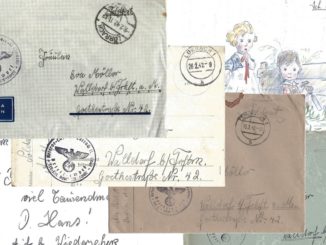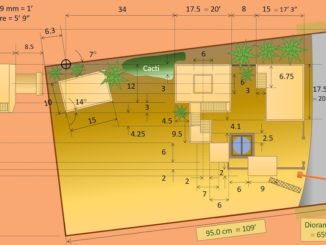Some model kits come with suitable figures to assemble but recently I have taken to buying figure kits made via rapid prototyping techniques by new manufacturers in China. The sculpting of these and also ICM figures are usually based on original DAK photographs.
However, not all figures are to a consistent scale, the Tamiya figures that came with the Panzer II are for example undersize and with proportions similar to the “heroic” scale or style used by wargamers. ICM figures and those from China are correct scale and usually have more skinny, lanky proportions that fit the build of actual DAK soldiers.
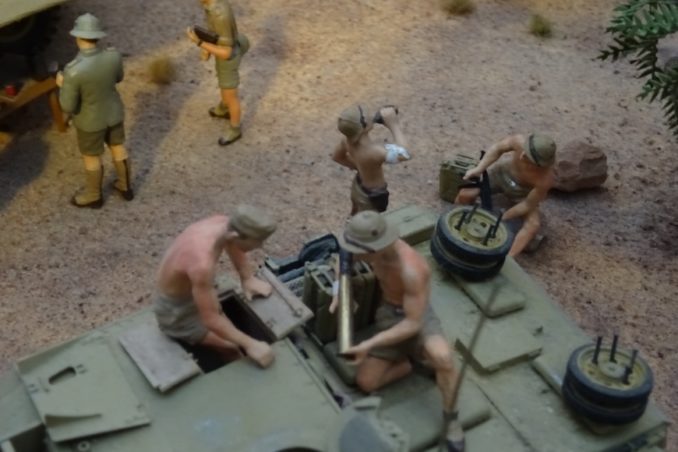
© John Tull 2024, Going Postal
Most figures come with extra parts such as alternative heads and helmets, so it is easy to mix and match to ensure that there are no duplicate figures or poses on the diorama. Having cleaned up the parts to remove any flash, imperfections and mould joint lines, I select the combinations to assemble and then join using superglue.
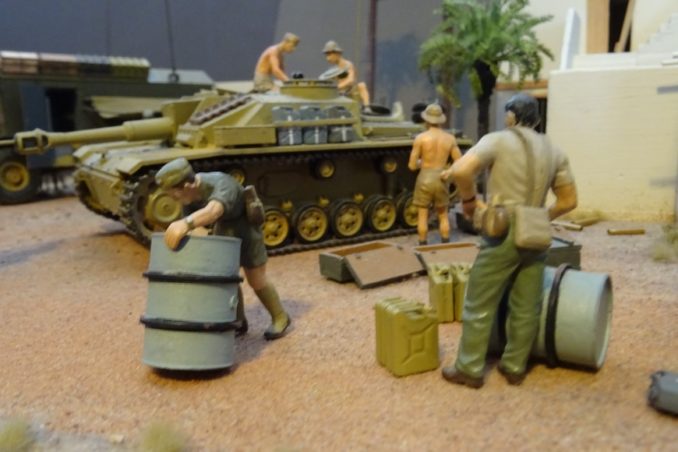
© John Tull 2024, Going Postal
Like with the tank models, after assembling the figures, I degrease them and then hand paint using fine brushes and acrylic paints. I start painting from “inside out”, beginning with the eyes (just the whites as too small for me to add pupils), visible skin, hair, bandanas, shirts and socks, then tunics, trousers, belts and boots. Finally details such as shoulder board markings, insignia and decorations.
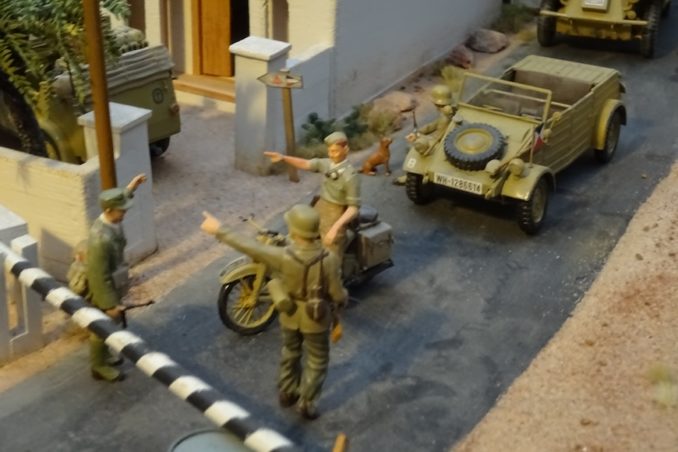
© John Tull 2024, Going Postal
The original DAK uniform started out light green (the German camouflage experts incorrectly assumed the scenery of Tripolitania and Cyrenaica would be like Tunisia) but this faded with use, and they mixed their uniforms up with captured replacements. I paint using shades from light green, through khaki to buff to capture this. Some DAK reinforcements wanted to look like “old desert hands” so they washed items like caps in petrol to get the sun-bleached look.
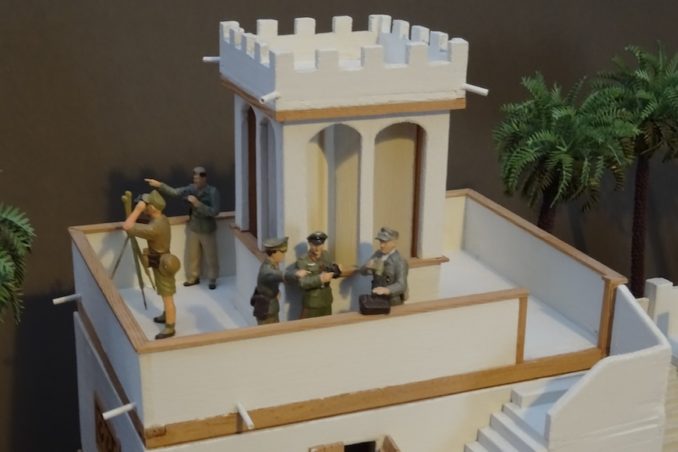
© John Tull 2024, Going Postal
When finished, I dust with suitable weathering pigments to add varying shades of wear and get a sand-blown effect. Again, I do not use dark washes to make details, folds and creases in uniforms “pop out” as the results to me look very unrealistic compared to what uniformed soldiers actually look like under a bright sun in a cloudless desert sky. To finish, I use an all-over matt glaze to meld the colours and pigments together.
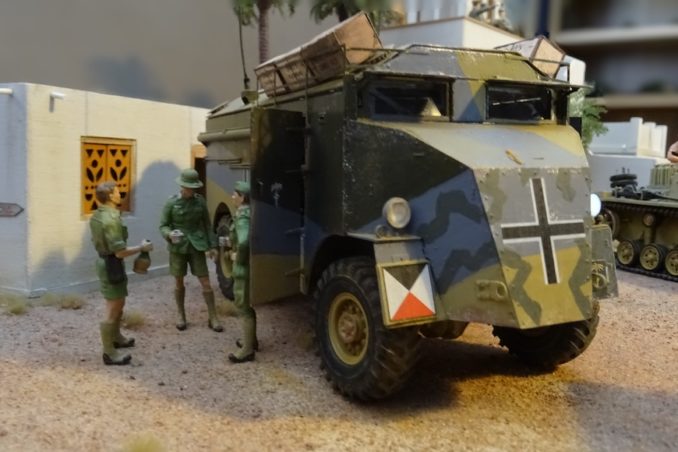
© John Tull 2024, Going Postal
The latest kit I have completed is a model of Rommel’s “Mamut” command vehicle “Max” that was captured from the British. An AFV Club kit that is internally fully detailed, I left the roof unattached so it can be removed to be seen. I also added boxes of South American corned beef purloined from a captured British supply dump to the roof racks.

© John Tull 2024, Going Postal
A complete, but not finished diorama set in Tripolitania of a DAK laager around an Arab compound. Not finished as next I will be making duplicate sections of the buildings and parts of the walls which can then be “battle-damaged”, so that, along with replacement figures in desert “cold weather” uniforms, I can swap them over to move the timescale along. Also, I have already started a second diorama to represent Cyrenaica which may be the basis of a future article.
© John Tull 2024

